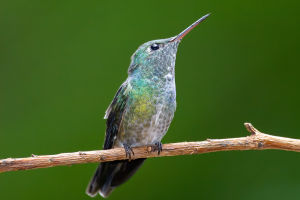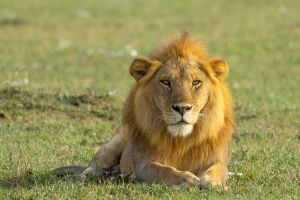Hey Lykkers! Lions, referred to as the "king of the jungle," are one of the most iconic and admired animals in the world.
Known for their regal appearance, powerful presence, and fascinating social behavior, hold a unique place in both the animal kingdom and human culture.
Despite their title, lions are not typically found in jungles but roam vast savannas and grasslands, primarily in Africa. Let’s explore what makes these magnificent creatures so special and what they face in today's world.
Physical Characteristics of Lions
1. The Majestic Mane
One of the most distinctive features of a male lion is its impressive mane. The mane not only adds to their striking appearance but also serves as a protective shield during fights with other lions. The color and size of the mane can vary, with darker manes often signaling maturity and strength, which can make males more attractive to females.
2. Built for Power
Lions are built for strength and agility. They have muscular bodies, large paws, and powerful jaws designed for taking down large prey. A male lion can weigh between 330 and 550 pounds, while females, who are smaller, range from 265 to 400 pounds. Their physical prowess allows them to be efficient hunters, capable of chasing down fast prey like zebras and wildebeests.
Social Structure and Behavior
1. The Pride
Lions are unique among big cats because they are highly social animals, living in groups called prides. A pride typically consists of related females, their cubs, and one or two male lions who defend the group. Females in the pride work together to hunt and raise cubs, creating a strong family bond. The males play a crucial role in protecting the pride from rival males and predators.
2. Communication and Cooperation
Lions communicate through vocalizations, body language, and scent markings. Their iconic roar can be heard from miles away and serves to mark territory, ward off rivals, and call members of the pride. Cooperation is key to a pride’s success, especially when hunting. Female lions often work together to bring down large prey, using their collective strength and intelligence.
Lion Diet and Hunting
1. Carnivorous Predators
Lions are carnivores, feeding primarily on large herbivores such as zebras, antelopes, buffalo, and giraffes. They are opportunistic hunters and will scavenge from other predators when possible. While females do most of the hunting, males also participate, especially when taking down larger prey.
2. Hunting Techniques
Lions are known for their patience and teamwork during hunts. They often use a stealthy approach, stalking their prey until they are close enough to launch a quick attack. Lions can reach speeds of up to 50 miles per hour in short bursts, but they rely on getting as close as possible to their prey to ensure success.
Challenges Faced by Lions
1. Habitat Loss
One of the biggest threats to lion populations is the loss of their natural habitat due to human encroachment, agriculture, and urban development. As grasslands are converted into farmland, lions have less space to roam, hunt, and find shelter. This has led to a decline in their numbers over the years.
2. Human-Wildlife Conflict
In areas where lions live near human settlements, conflicts can arise. Lions may prey on livestock, leading to retaliatory killings by farmers. Conservation efforts aim to mitigate these conflicts by promoting co-existence strategies, such as building predator-proof enclosures for livestock.
3. Poaching and Illegal Trade
Lions are also at risk from poaching and the illegal wildlife trade. Some cultures prize lion body parts for traditional medicine, while trophy hunting also contributes to their decline. Although protected in many areas, enforcement of anti-poaching laws can be challenging, making lions vulnerable to illegal activities.
Conservation Efforts for Lions
1. Protecting Habitats
Conservation organizations are working to protect lion habitats by creating and maintaining national parks and wildlife reserves where lions can live and hunt without human interference. These protected areas are essential for maintaining healthy lion populations and preserving biodiversity.
2. Community-Based Conservation
Involving local communities in lion conservation is crucial. Programs that educate and provide economic benefits to people living near lion habitats help promote tolerance and reduce human-lion conflicts. For example, eco-tourism initiatives allow local communities to profit from wildlife conservation, offering an alternative to farming in lion territory.
Lions are majestic animals whose presence commands respect and admiration. Despite the challenges they face, conservation efforts are working to protect these incredible creatures and ensure their survival. By understanding the importance of lions in the ecosystem and appreciating their cultural significance, we can continue to advocate for their protection and preservation, keeping the king of the jungle roaring for generations to come.


